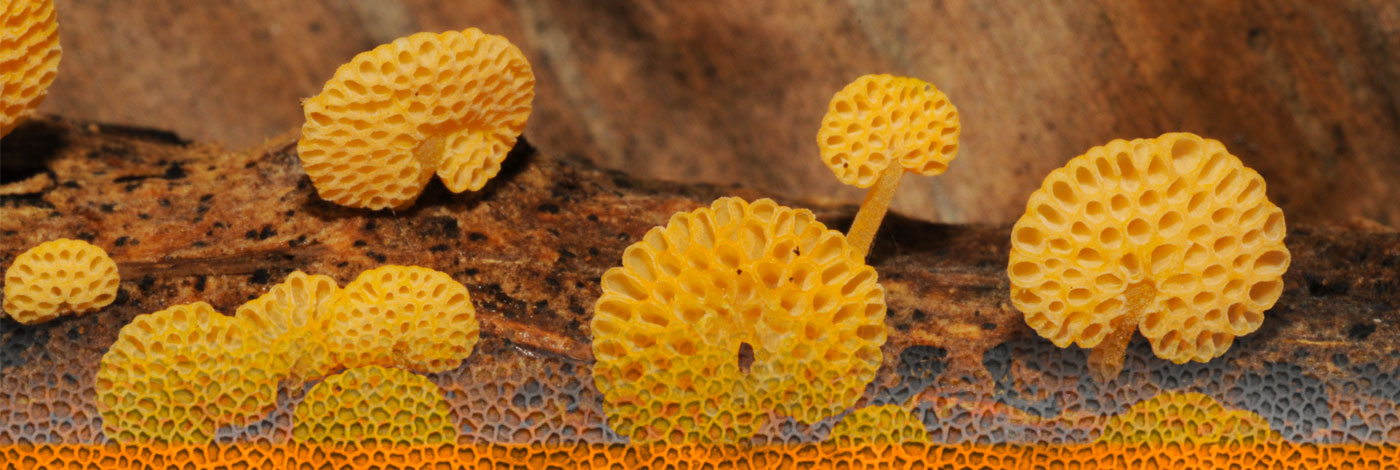
 Cryptogamie, Mycologie
26 (1) - Pages 67-77
Cryptogamie, Mycologie
26 (1) - Pages 67-77The effects of holm-oak canopy (Quercus ilex ssp. ballota) on terricolous bryophytes and lichen were studied in the central part of the Spanish Mediterranean region. Three habitats were distinguised: understorey, crown border and open grassland. In all cases, the understorey is floristically poor compared with open grassland. In the N-exposed stands species richness is more homogenous between canopy border and open grassland, while in S-exposed ones differences among habitats are more pronounced. Cladonia rangiformis, C. foliacea, C. cervicornis and Cetraria aculeata have higher presence and cover values in all situations, and the bryophytes Hypnum cupressiforme and Pleurochaete squarrosa are the main species. Most of the acrocarpic mosses and fruticose lichens grow on the canopy border or open grassland, while pleurocarpic mosses and foliose lichen with cyanobacteria are most frequent under N-exposed canopies. The holm-oak crown causes variations in insolation, rain distribution, temperature and wind, and strongly influences the distribution of lichens and bryophytes.